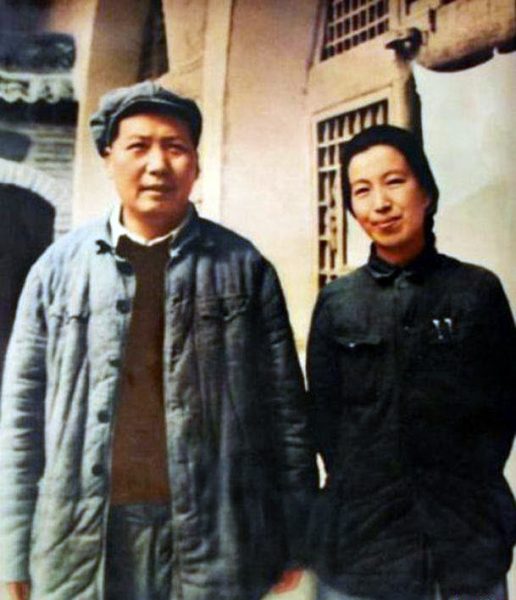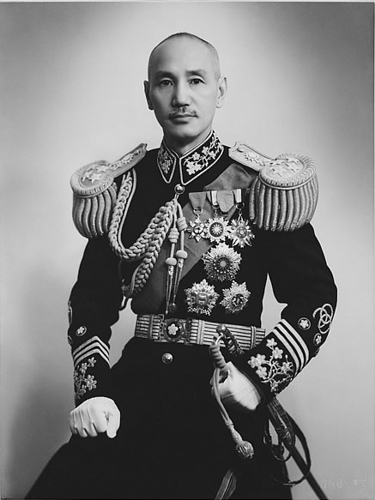According to historical records, Mao Zedong and his commander of the 3rd Field Army, General Su Yu, planned a large-scale military operation to invade Taiwan by the year’s end in 1950. Mao’s plan to invade Taiwan needed not only ships, planes, and troops, but also a network of agents embedded within Taiwanese society. The agents’ mission was to recruit military commanders, convincing them to defect and to support the communist troops during their landing operations in Taiwan.
Besides enticing Nationalist officers to betray their cause, these agents were also tasked with creating social unrest, organizing riots, and engaging in acts of sabotage across the entire nation.
Cai Xiaogan was the main spymaster for Mao’s operations. Born in 1908, Cai was a Taiwanese native who had grown up under Japanese colonial rule. In the 1920s, however, he left Taiwan to attain his education in Shanghai. Cai studied in the School of Social Science at Shanghai University, 1924-1925. During this time, he came into contact with Marxism-Leninism, and became the communist movement’s biggest proponent in their recruiting efforts. After a period of time, Cai also joined Mao’s insurgency against Taiwan.
In 1928, Cai then formed the Taiwan Communist Party, and was elected to the country’s Central Committee in the same year. Cai’s intellectual potential was recognized in this arena, and he was assigned to the Red Army’s political department. He excelled at writing and was given a position as a propaganda officer.

In early 1946, just a few months after the Empire of Japan surrendered to the Allies, Cai arrived in Shanghai and was hand-picked by the communists there to lead a group of secret operatives against the Nationalist forces in Taiwan.
In July 1946, he returned to his own village in Taiwan, adopted a new identity, and infiltrated into the local community. Within six months, he and his team had recruited nearly 70 local agents, and by 1948, they controlled an estimated 285 agents.
In 1949, Nationalist forces began a mass exodus to Taiwan and Cai’s spy network experienced a surge. In December of the same year, the number of undercover operatives under his control swelled to 1,300 agents, and Cai himself estimated that he had the support of up to 50,000 civilians who could be mobilized for factory strikes, protest marches, and campus riots at any given time.
Mao’s plan to invade Taiwan got a big boost from Cai Xiaogan
Cai is said to have told his Third Field Army superiors that his forces would be ready to play their part to erode any support for Taiwan before the landings commenced. He recommended that the invasion should be launched in April 1950 when the weather would be most favorable for sea operations.
Then, in late 1949, Cai contacted his agent, a two-star general by the name of Wu Shi, who had retreated to Taipei from Nanjing. General Wu had been assigned to the General Staff Department in the Ministry of Defense, a position that gave him access to war plans and other highly sensitive strategic information.
Wu met Cai several times and during these meetings, he handed over top-secret documents, including military maps showing the locations of landing beaches, troops’ dispositions, and military bases in Taiwan. Wu also secured and divulged to Cai documents detailing troop deployments and artillery emplacements on the Kinmen and Zhoushan islands.
Unknown to Cai and Wu, in the fall of 1949, Chiang Kai-shek began to consolidate his retreating forces in Taiwan. Having experienced the collapse of his intelligence system and the defection of key military units in Mainland China, Chiang was determined to eradicate all undercover spies in Taiwan. He was racing against time to clean up his ranks, and had made counterintelligence and counterespionage operations his top priority.

In September 1949, Chiang’s spy search operations made a major breakthrough when they tracked down southern Taiwan’s underground intelligence network.
Just four months later, in January 1950, Taiwan’s special service personnel had closed in on Cai and arrested him. Cai’s network collapsed, as one communist agent after another was apprehended and subdued.
After a brief period of interrogation, however, Cai convinced his captors that he had defected, and that he would help them.
In March 1950, Cai was then given a high-ranking position as a military officer, with generous rewards. In return, Cai exposed General Wu Shi and underground agent Zhu Fengzhi, and revealed the identities of other collaborators, exposing every major communist officer in Taiwan. Approximately 1,800 people were arrested in total, more than 3,000 were killed, and more than 8,000 were sentenced to at least 10 years in jail. Cai’s once-formidable intelligence network had been destroyed.
Mao’s plan to invade Taiwan had been fatally halted; Mao Zedong and Su Yu’s original plan to launch an attack on the independent country by the end of 1950 was ruined by Mao’s own number one spy agent.
Translated by Chua BC and edited by Stef C







